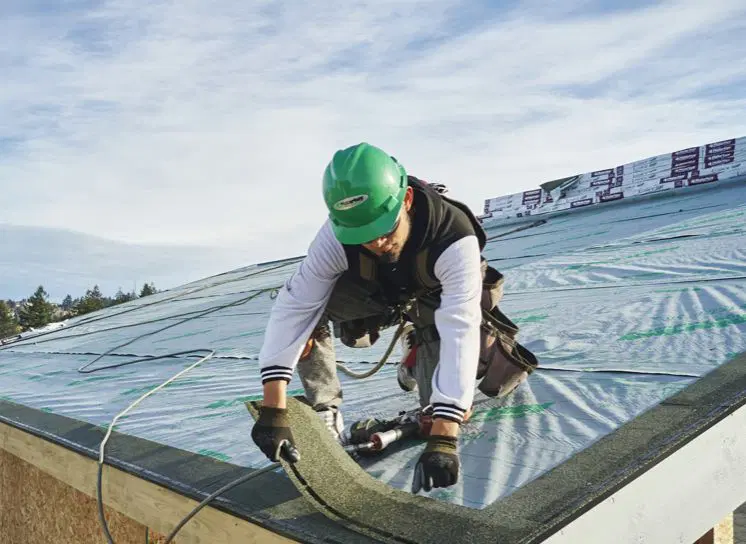
Foundation of Resilience: Roof Base Layers
April 01st, 2024
Category: All Blogs, General
Base layers in roofing play a pivotal role in ensuring durability, insulation, and protection against the elements. As the foundation of any roofing system, understanding their significance is important for homeowners and contractors alike.
Understanding Base Layers: The Backbone of Roofing
Base layers, also known as underlayment, serve as a protective barrier between the roof deck and the shingles or other exterior roofing materials. They provide crucial functions, such as:
- Moisture Barrier: Preventing water infiltration and damage to the roof deck and interior of the structure.
- Temperature Regulation: Acting as an additional layer of insulation, base layers help maintain optimal temperatures within the building.
- Enhanced Durability: Strengthening the roof structure, thereby prolonging its lifespan and reducing maintenance costs.
Types of Base Layers: Choosing the Right Solution
There are various types of base layers available on the market, each offering unique benefits depending on the specific requirements of the roofing project:
- Asphalt-Saturated Felt: Traditional and cost-effective, asphalt-saturated felt is a popular choice for base layers due to its water-resistant properties and ease of installation.
- Synthetic Underlayment: Engineered for superior performance, synthetic underlayment offers enhanced durability, UV resistance, and tear strength compared to traditional options.
- Rubberized Asphalt: Ideal for regions prone to extreme weather conditions, rubberized asphalt base layers provide superior waterproofing and flexibility, ensuring long-term protection against leaks and damage.
Installation and Maintenance: Ensuring Longevity and Performance
Proper installation and maintenance are essential to maximising the effectiveness of base layers and ensuring the longevity of the roofing system:
- Professional Installation: Hire experienced contractors who follow manufacturer guidelines and best practices for installing base layers to avoid common issues such as wrinkling, buckling, or inadequate sealing.
- Regular Inspections: Schedule periodic inspections to detect any signs of damage or wear and tear, such as punctures, tears, or degradation due to UV exposure.
- Timely Repairs: Promptly address any issues identified during inspections to prevent further damage and maintain the integrity of the roofing system.
In conclusion, base layers are the unsung heroes of roofing, providing essential protection and support to ensure the longevity and performance of the entire system. By understanding their importance and choosing the right solution for your project, you can safeguard your investment and enjoy peace of mind knowing your home is well protected against the elements.
Leave a Comment
